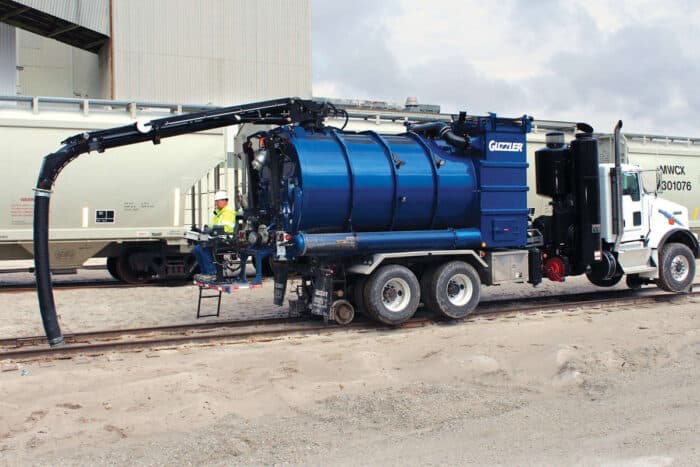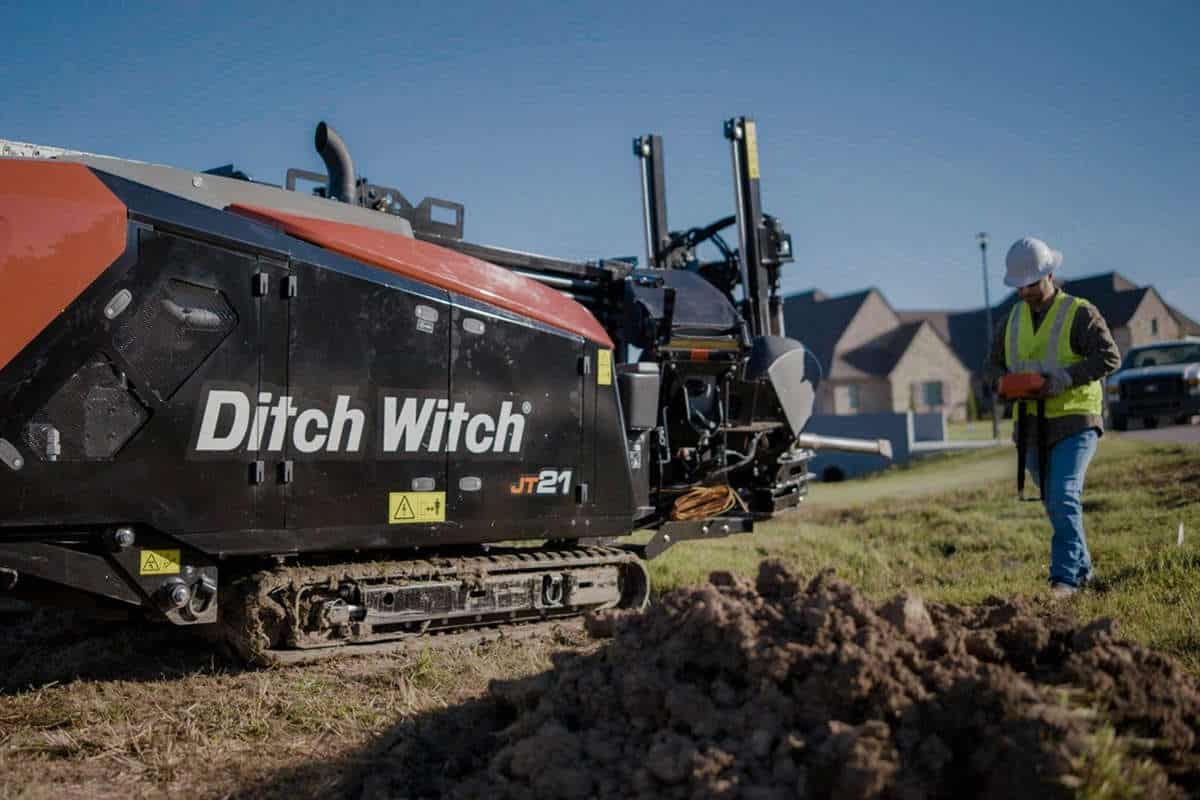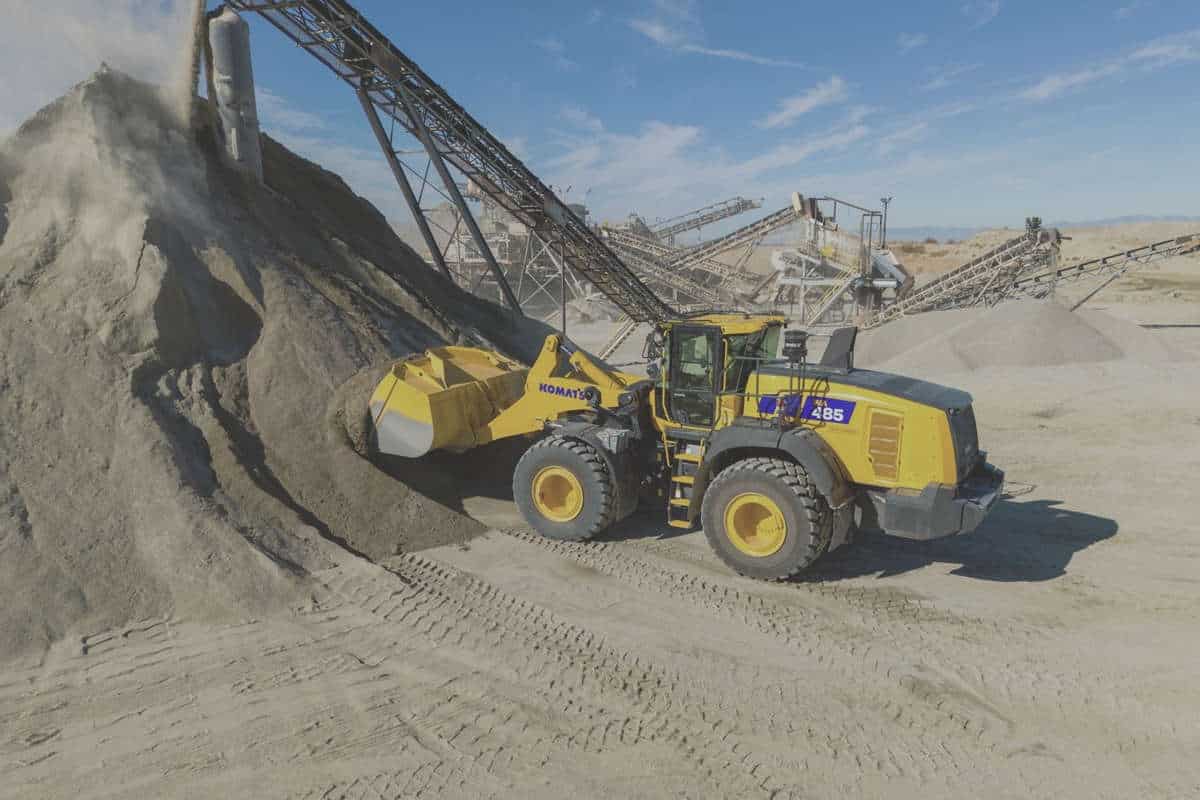Deciding on a Vacuum Truck

Not all jobs are created equally, and neither are vacuum trucks. Whether it is a tough industrial cleanup, ballast cleaning and recovery along rails, sucking up sludge, microtrenching, potholing or more, choosing the right machine can make all the difference.
Guzzler’s industrial vacuum trucks handle these tough jobs with greater efficiency and productivity, but with so many applications, it’s important to think about the jobs you’ll be working on and the materials the truck will be handling/removing.
To help, the Guzzler team has three vital questions to ask when deciding on a vacuum truck.
- What is being carried? Vacuum trucks are designed to remove a wide variety of materials including cement, chemicals, drill mud, dry bulk powders, liquids, oils, slurries and thick sludge. Knowing the type of materials at a jobsite ensures the vacuum truck is equipped to remove, recover and recycle that kind of material. Depending on the waste at a site, some vacuum truck options include:
- Hydrocarbon vacuum trucks – When dealing with flammable, combustible dusts, and lower flashpoint materials, it’s important to have a vacuum truck specifically built for those. The Guzzler Classic Liquid Ring handles hydrocarbon vacuuming.
- Combination vacuum trucks – Designed to handle both wet and dry materials, the Guzzler Classic cleans and recovers solids and dry bulk powders, liquids, slurries and thick sludge from hard to reach areas.
- Hi-Rail vacuum trucks – The Hi-Rail option on the Guzzler Classic removes and replaces ballast and cleans up potential pollution problems. As a rail-ready, boom-equipped, self-contained vacuum truck, it provides total operator control of the vacuum truck from a rear mounted control station.
- Microtrenching vacuum trucks – The Guzzler MT is a highly efficient microtrenching vacuum unit that significantly speeds up fiber optic installations by swiftly cleaning trenches for the deployment of FTTH, FTTP, CCTV, smart grid, and electric networks. With its faster operating speeds and cleaner trenches, installers can lay a greater number of feet per day.
- How much is being carried? A vacuum truck’s tank size determines the volume of debris it can hold before needing to be emptied. While the standard tank capacity is 18 cubic-yards, they can range from 12 to 21 cubic-yards, so be sure to select a truck with enough capacity. The ideal capacity allows for a job to be completed with few or no interruptions for disposal. These increased capacities enable greater efficiency, so time isn’t wasted going to and from the designated dump site.
- Where is the job site? While capacity and waste type are important to consider when deciding on a vacuum truck, worksite conditions are the ultimate deciding factor. Think about where the truck will be used. Does it need to be used on a rail and a road? What type of plant will it be used in? Does it need a digging component such as hydroexcavation included on the Guzzler Guzzcavator?
Guzzler is the leader in industrial vacuum solutions, offering a vast support network for reliability and efficiency. Whichever truck, application or setting you choose, Guzzler sales, service and support teams are available to help with any questions or concerns you may have.
For more than four decades, Guzzler has been dedicated to quality, durability and value, while creating a cleaner environment. For more information, visit Guzzler.com. Tags: Guzzler




